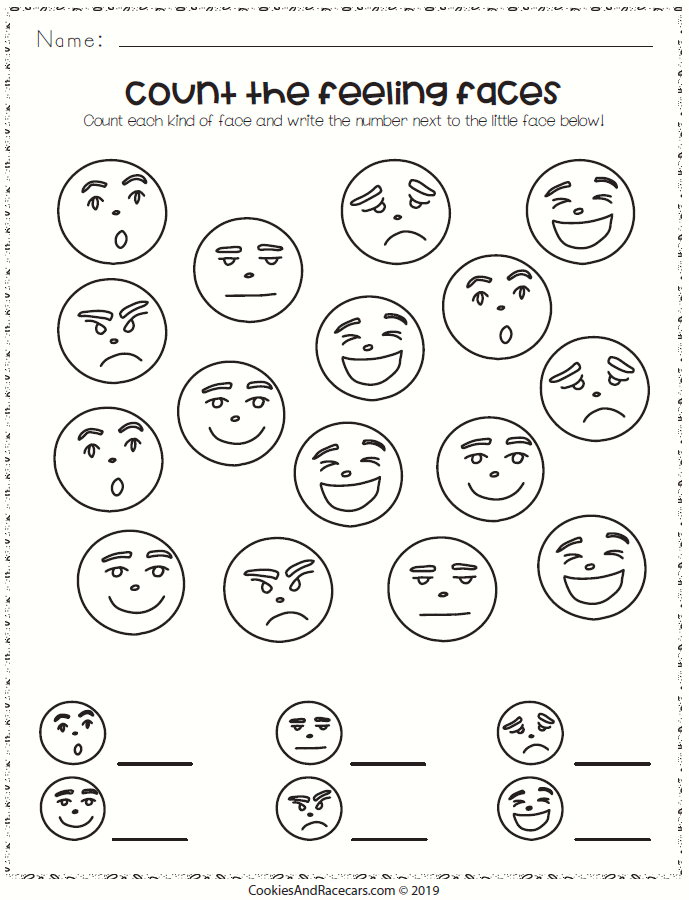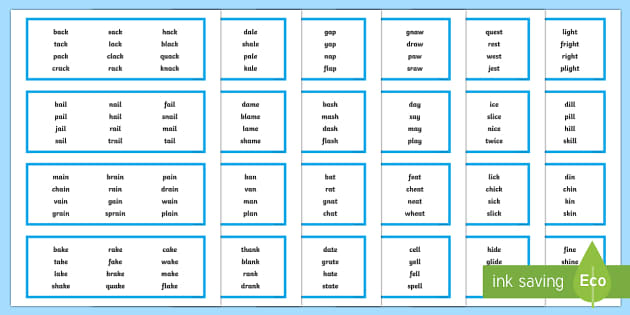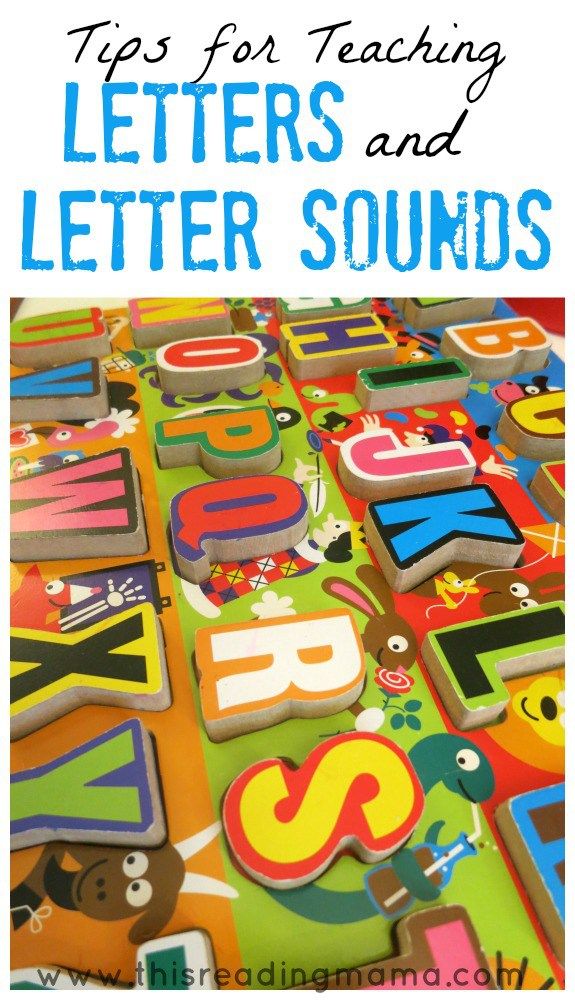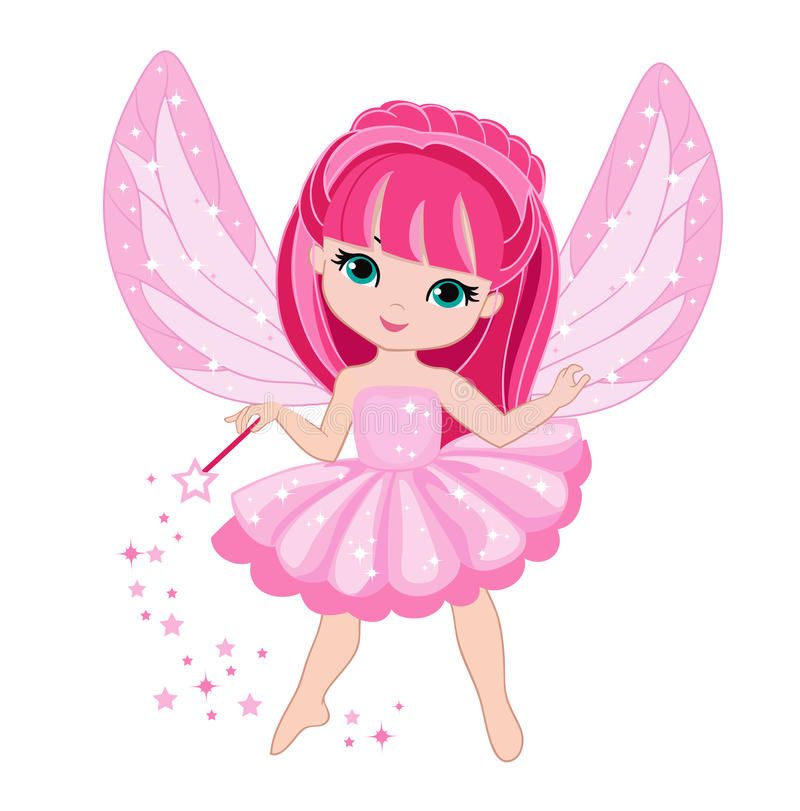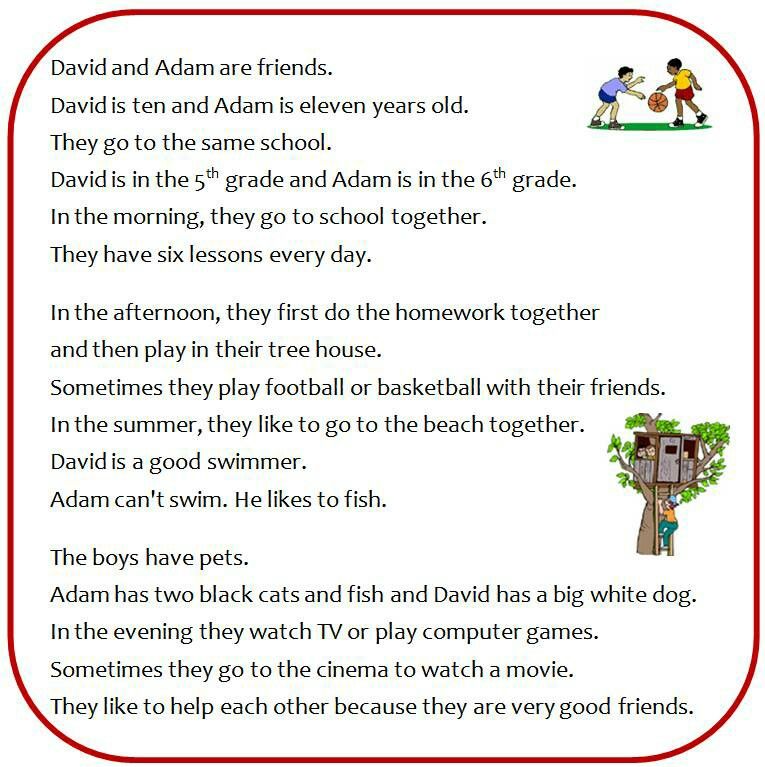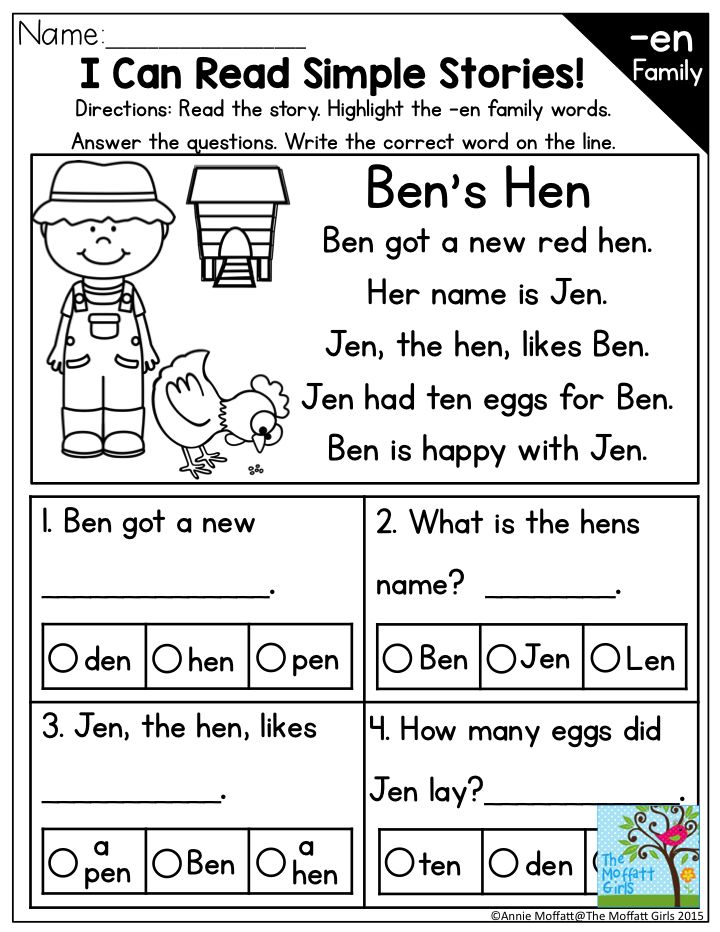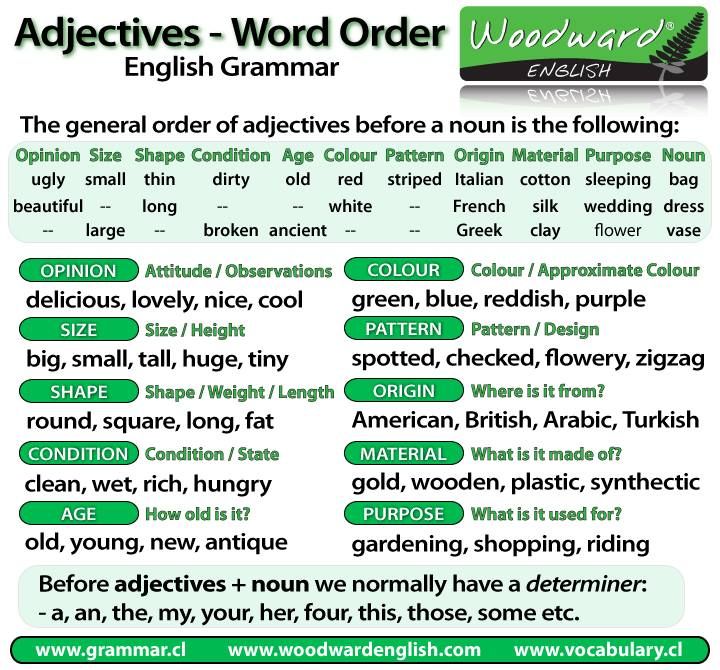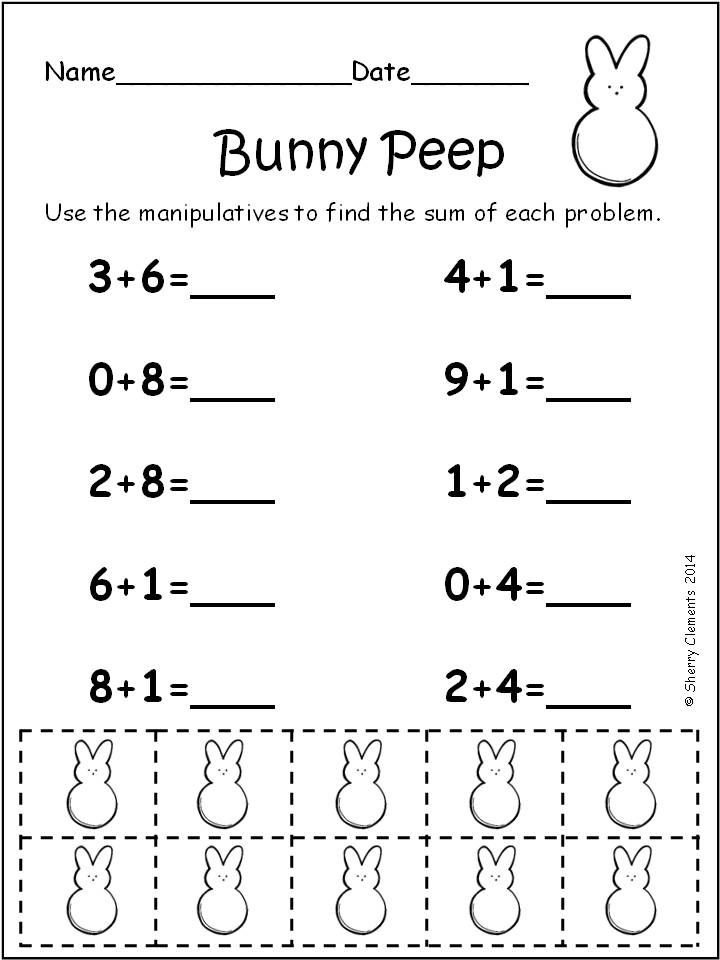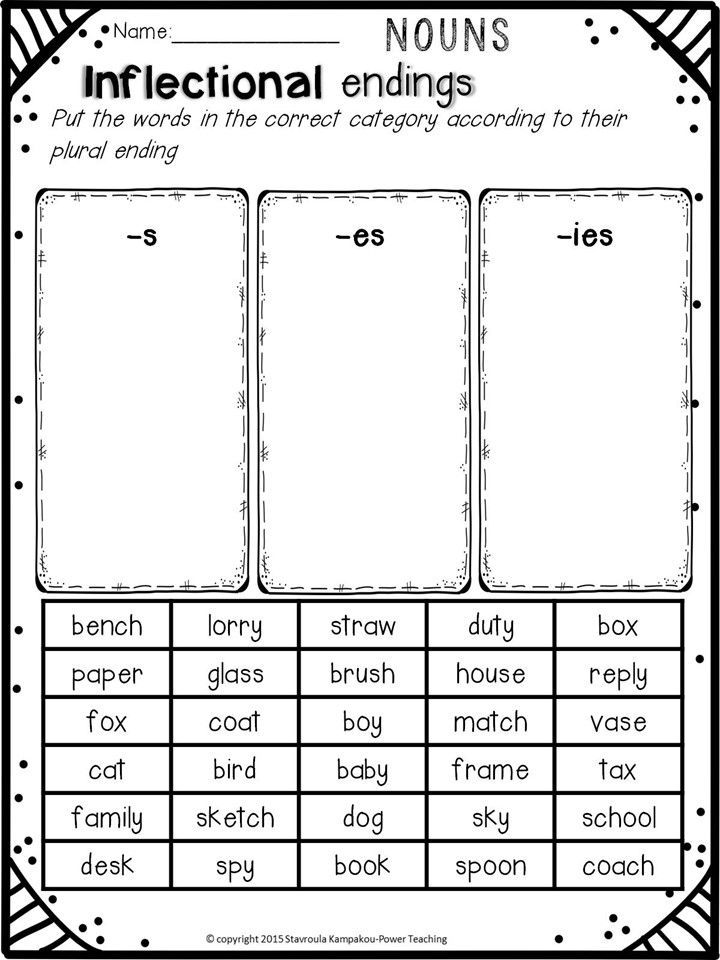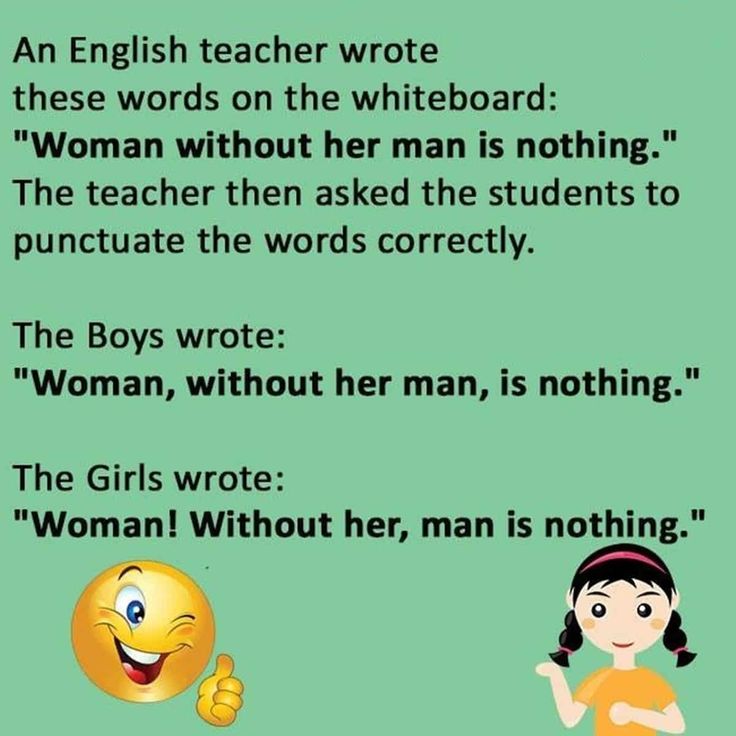Feelings and emotions activities for preschoolers
8 Fun Feelings Activities for Preschoolers
- Share
Early childhood is as much about developing a child emotionally as it is about building physical and intellectual capabilities.
These feelings activities for preschoolers bring art, songs, discussion and stories together, to help kids experience their emotions in practical ways.
How do you teach preschoolers about feelings?
As children progress through the stages of emotional development, they naturally learn to identify their feelings and express them in healthy ways.
Much of a child’s emotional development happens during play.
While children are playing dress-up or engaging in pretend play, they are imitating and acting out real-life scenarios, which are full of emotions.
Pretend play gives children a way to safely act out and practise big emotions such as fear, love, sorrow and anger.
However, parents and teachers can also find opportunities for teaching emotions to preschoolers by planning special feelings/emotions activities.
Here are a few ideas.
1. Mirror Emotions
Give children a hand-held mirror or stand in front of a large mirror. Ask them to explore their emotions in their reflections.
Ask them to make different faces. Start with easier emotions to identify, such as sad, happy and angry. Ask how their faces change as their emotions change.
Then, try to play with emotions such as boredom, excitement and worry. What do those faces look like?
Tell children to think of a cute puppy, running away from a lion, a very sad baby, or a big gift they are about to unwrap. How and why do their faces change?
2. Dance Your Feelings
Challenge kids to make up dances to show what various emotions feel like:
- A tired dance – Use scarves, slow movements and sleepy faces to slow music.
- An angry dance – Stomp around the room, making jerking movements with stern expressions to choppy music.
- An excited dance – Jump around with lit-up faces and a happy tune.
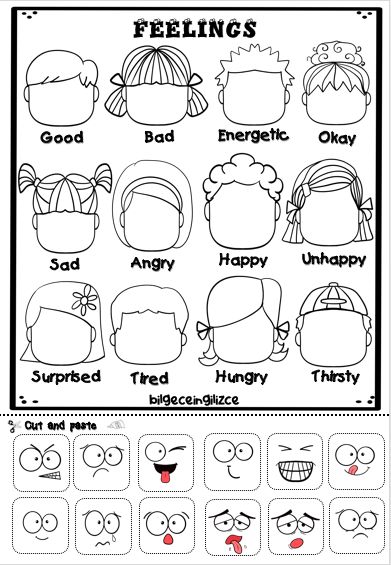
Choose music to match the mood and try out different emotions.
As a variation, play different kinds of music and ask children to show you, through their dancing, how the music makes them feel.
3. Emotion Drawing
Ask kids to draw a picture that explains how they feel.
Do not direct this activity too much. Rather allow children to express themselves with their own creativity. Different children will find different ways of representing their emotions.
Another way to do this is to play music (use the music from the dancing activity above) and ask your children to draw how the music makes them feel.
Tip: use clues from movies to help you choose the sounds, such as a choppy violin that’s used when a shark is approaching, or a slow, classical song that creates a sad atmosphere.
4. How Would You Feel?
Have a discussion about feelings and ask kids how they would feel in various situations.
Here are some examples of questions about feelings:
- How would you feel if…?
- How did you feel when…?
- How does it make you feel when…?
- Tell me about a time when you felt really scared.
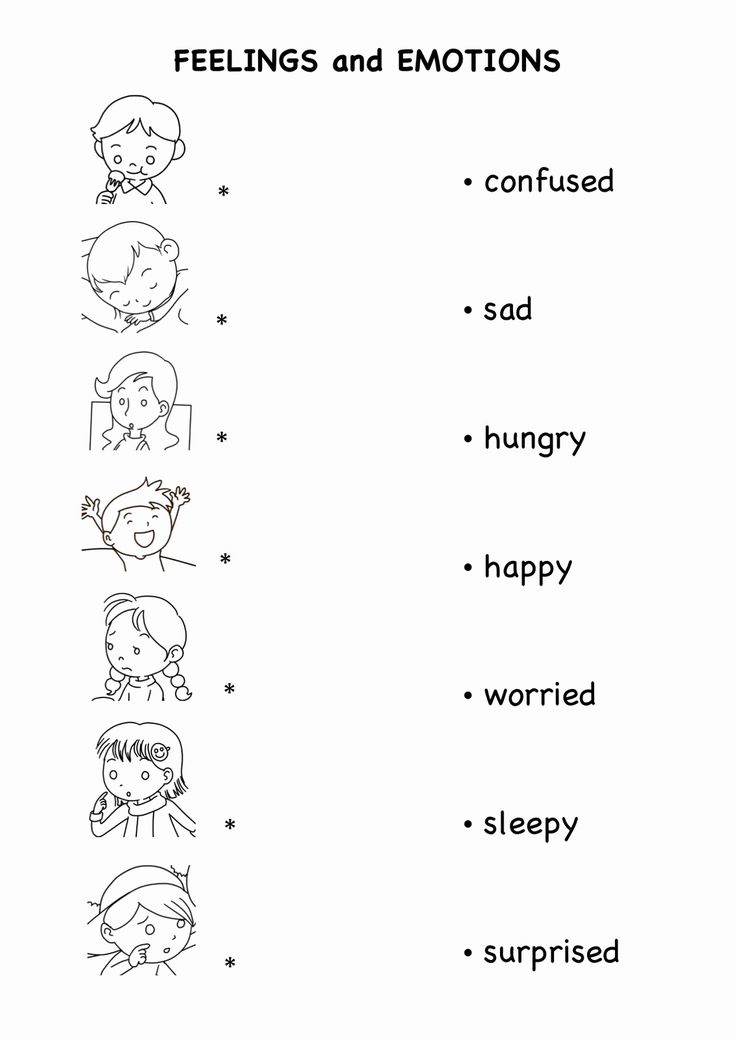
- What does mom do that makes you feel loved?
Learning to verbalize and express feelings is an important part of healthy development.
5. Paper Plate Faces
Creative art is a great way to make a physical representation of emotions.
One of the simplest emotions crafts for preschoolers is to make paper plate faces, depicting various emotions.
These can be turned into masks or you could attach a craft stick (or ice-cream stick) to the bottom and turn them into puppets for kids to use during their dramatic play.
6. Story Time
Story time is one of the easiest ways to incorporate teaching emotions. Books are filled with characters experiencing the full array of emotions and learning important life lessons.
As you read your stories in class or at bedtime, remember to ask questions about what the characters are feeling, why they are feeling that way, as well as how you would feel in the same situation.
7. Feeling Faces
Challenge kids to page through a magazine, or a storybook and identify faces that show strong emotions. Animals’ emotions are also often clearly depicted in drawings.
Animals’ emotions are also often clearly depicted in drawings.
Cut out faces from a magazine and sort them into groups – happy faces, sad faces, angry faces, etc.
8. Emotion Songs
Music is an excellent medium for teaching skills in early childhood. These cute songs are all about emotions and kids will enjoy singing along to them.
If You’re Happy
This version of the popular song “If You’re Happy and You Know It” is by Super Simple Songs and it incorporates more emotions. Use these or make it up as you go along.
If you’re happy happy happy, clap your hands.
If you’re happy happy happy, clap your hands.
If you’re happy happy happy, clap your hands, clap your hands.
If you’re happy happy happy, clap your hands.
If you’re angry angry angry, stomp your feet.
If you’re angry angry angry, stomp your feet.
If you’re angry angry angry, stomp your feet, stomp your feet.
If you’re angry angry angry, stomp your feet.
If you’re scared scared scared, say, “Oh no!”
If you’re scared scared scared, say, “Oh no!”
If you’re scared scared scared, say, “Oh no!” say, “Oh no!”
If you’re scared scared scared, say, “Oh no!”
If you’re sleepy sleepy sleepy, take a nap.
If you’re sleepy sleepy sleepy, take a nap.
If you’re sleepy sleepy sleepy, take a nap, take a nap.
If you’re sleepy sleepy sleepy, take a nap.
If you’re happy happy happy, clap your hands.
If you’re happy happy happy, clap your hands.
If you’re happy happy happy, clap your hands, clap your hands.
If you’re happy happy happy, clap your hands.
This is a Happy Face
This is a good song to introduce the topic of emotions and how our facial expression often reflects how we’re feeling.
You can listen to the tune here. Watch it and then play it in the background as you sing along and make the faces. It has great music to accompany all the emotions.
This is a happy face.
This is a happy face.
This is a happy face.
This is my happy face.
This is a sleepy face.
This is a sleepy face.
This is a sleepy face.
This is my sleepy face.
This is an angry face.
This is an angry face.
This is an angry face.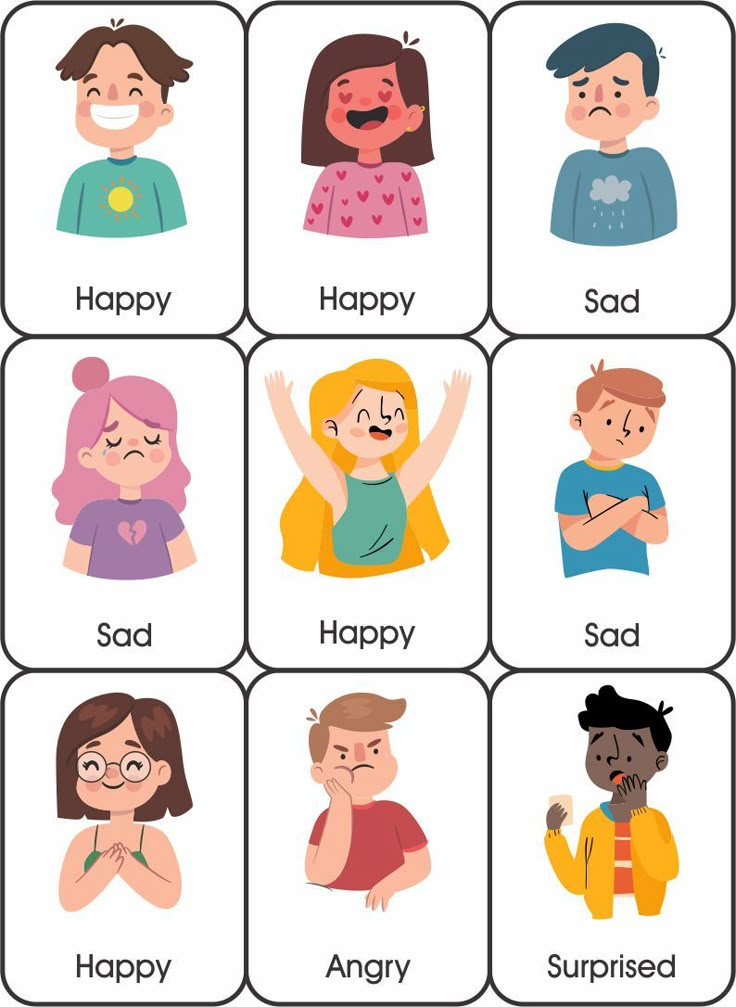
This is my angry face.
This is a surprised face.
This is a surprised face.
This is a surprised face.
This is my surprised face.
Happy. Sleepy. Angry. Surprised.
Happy. Sleepy. Angry. Surprised.
This is an excited face.
This is an excited face.
This is an excited face.
This is my excited face.
This is a sad face.
This is a sad face.
This is a sad face.
This is my sad face.
This is a nervous face.
This is a nervous face.
This is a nervous face.
This is my nervous face.
This is a silly face.
This is a silly face.
This is a silly face.
This is my silly face.
Excited. Sad. Nervous. Silly.
Excited. Sad. Nervous. Silly
“Now, let me see those faces!”
Show me your happy face.
Show me your sleepy face.
Show me your angry face.
Show me your surprised face.
Show me your excited face.
Show me your sad face.
Show me your nervous face.
Show me your silly face.
This is a happy face.
This is a happy face.
This is a happy face.
This is my happy face.
I hope you liked these simple emotions activities for preschoolers.
For more ideas, here are some social-emotional activities for preschoolers.
Get FREE access to Printable Puzzles, Stories, Activity Packs and more!
Join Empowered Parents + and you’ll receive a downloadable set of printable puzzles, games and short stories, as well as the Learning Through Play Activity Pack which includes an entire year of activities for 3 to 6-year-olds.
Access is free forever.
Signing up for a free Grow account is fast and easy and will allow you to bookmark articles to read later, on this website as well as many websites worldwide that use Grow.
- Share
45 Fun Social Emotional Activities for Preschoolers
Social-emotional learning is gaining traction in being recognized as an important part of early childhood curriculum. This type of learning is presented in the form of both one-on-one and group activities.
This type of learning is presented in the form of both one-on-one and group activities.
Social-emotional activities for preschoolers are wonderful tools to teach young children about their own emotions, as well as the emotions of others.
Below are some social-emotional activities that are great for the classroom, as well as the home.
1. Emotions Discovery Bottles
This set of emotions discovery bottles is Inside Out-themed, however, the set of bottles you make with your preschooler does not have to be. Have your child pick out the ingredients for each bottle and make corresponding faces to put on each one.
Learn more: Laly Mom
2. Feelings Check-in Chart
Making a chart about feelings is a helpful social-emotional tool for preschoolers. You can hang it in your classroom and, throughout the day, accompany students to the chart to practice identifying their feelings.
Learn more: Pre-K Pages
3. Stomping Out Big Feelings with Dinosaurs
Stomping out dinosaur-size feelings is a fun social-emotional activity that helps children identify their feelings and express them in productive ways.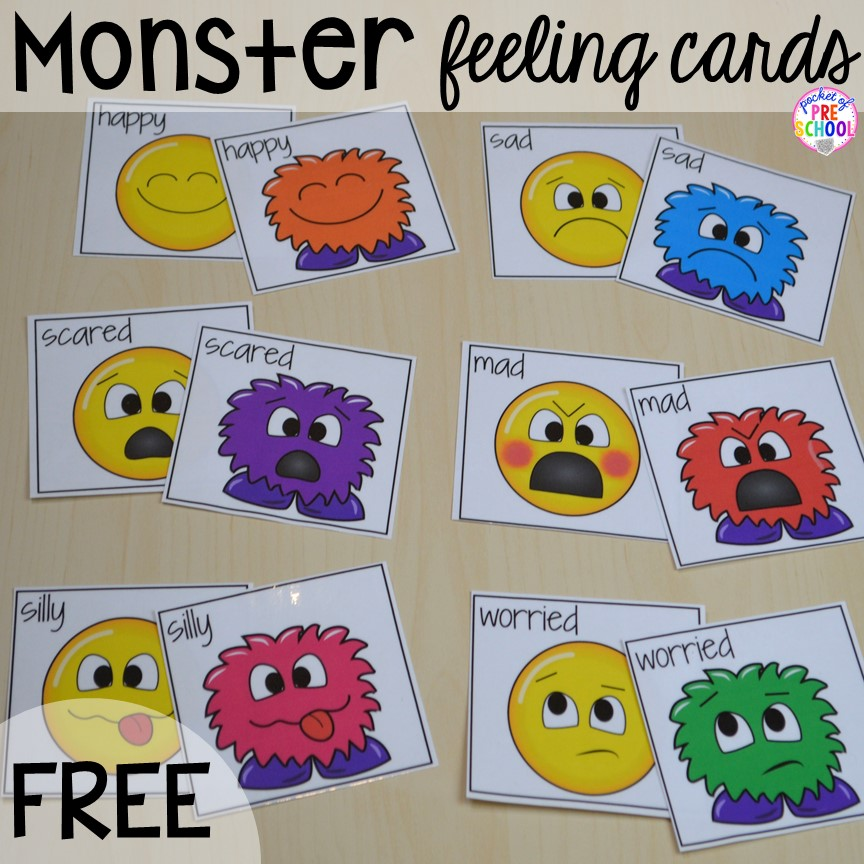 It's also a great proprioceptive activity, much like heavy work.
It's also a great proprioceptive activity, much like heavy work.
Learn more: The OT Toolbox
4. Setting Up a Calming Corner
You are probably familiar with calming corners/peace corners. They are areas in a classroom where preschoolers can go to have some quiet time - on their own terms.
Setting this area up with your students and sharing ideas on calming items and activities to use in the calming corner is a wonderful social-emotional activity.
Learn more: The Montessori-Minded Mom
5. Make a Set of Worry Dolls
Preschool-age children are not so different from adults in that some of them are worriers. Crafting a set of Worry Dolls is a great social-emotional activity that pairs well with the book, Silly Billy, by Anthony Brown.
Learn more: Happy Hooligans
6. Making Emo Dolls
Using cardboard rolls, preschoolers can help make these cute emo dolls. Each doll expresses a different emotion.
They can be used for role-playing by children to help them identify their own feelings and develop empathy for the feelings of others.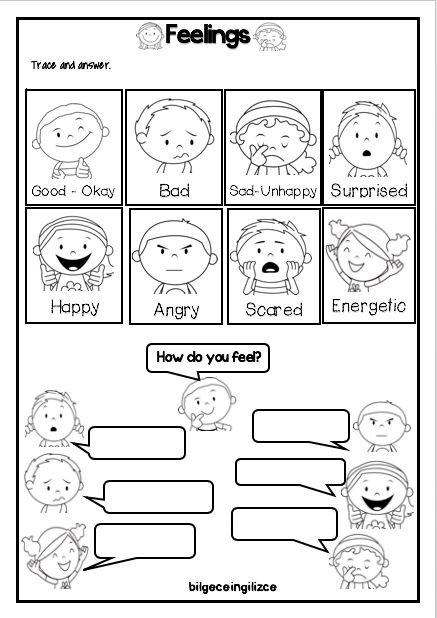
Learn more: Danya Banya
7. People Playdough Mats
This is a fun social-emotional activity for preschoolers. Using playdough, children get to make a person that represents them physically and assign emotions to them.
Viewing the facial expressions they make helps them identify their own emotions, as well as others.
Learn more: Picklebums
8. Make Emotions Masks from Paper Plates
Making emotion masks from paper plates is a fun idea that can help preschoolers express their own emotions and identify others' emotions. Since many young children are still in need of emotional vocabulary, this is a no-pressure, informal, and fun way to introduce it.
Learn more: No Time for Flashcards
9. Talk About Emotions During Morning Circle
Morning circle is an opportunity to talk about the date, weather, what's going to happen during the day, and to do music and movement activities. It's also the perfect time to talk about emotions and come up with some healthy strategies students can use throughout the day.
Learn more: No Time for Flashcards
10. Calming Sensory Bins
Sensory bins are a great social-emotional tool for preschoolers. They provide sensory feedback that can have a calming effect on young kids.
Preschoolers can visit a sensory bin on their own when they are feeling overwhelmed or in groups where they can talk with each other about how the bin activity makes them feel.
The lavender sensory bin linked below is just lovely.
Learn more: The Chaos and the Clutter
11. Story Telling Social Stories
Preschoolers have active imaginations and they love telling stories. Storytelling is introduced in the early childhood learning environment to help prepare children for reading.
It's great for social-emotional learning, as well.
Learn more: How We Learn
12. A Sticky Cutting Tray of Emotions
Cutting trays are appealing to preschoolers - an unrestricted space where they can cut and create. Add a social-emotional aspect to your students cutting trays by giving them magazines with close-ups of faces for them to cut out and reconstruct.
Add a social-emotional aspect to your students cutting trays by giving them magazines with close-ups of faces for them to cut out and reconstruct.
Learn more: Picklebums
13. Feeling Matching Game
Playing a matching game with feelings cards put a social-emotional spin on the classic game of memory. There is room for teachers to get creative with the "feelings challenge" when preschoolers make a match.
Learn more: Kiddie Matters
14. Emotions Guessing Game
This emotions guessing game is a lot of fun. It helps develop social-emotional skills in large or small groups.
After practicing with this game, preschoolers will be able to more confidently and accurately identify their own emotions, as well as the emotions of others.
Learn more: Childhood 101
15. Emotions Sorting Mats
Presenting an "emotions sorting mat" to preschoolers helps them better understand that different emotions can present in a variety of ways, but still be recognizable.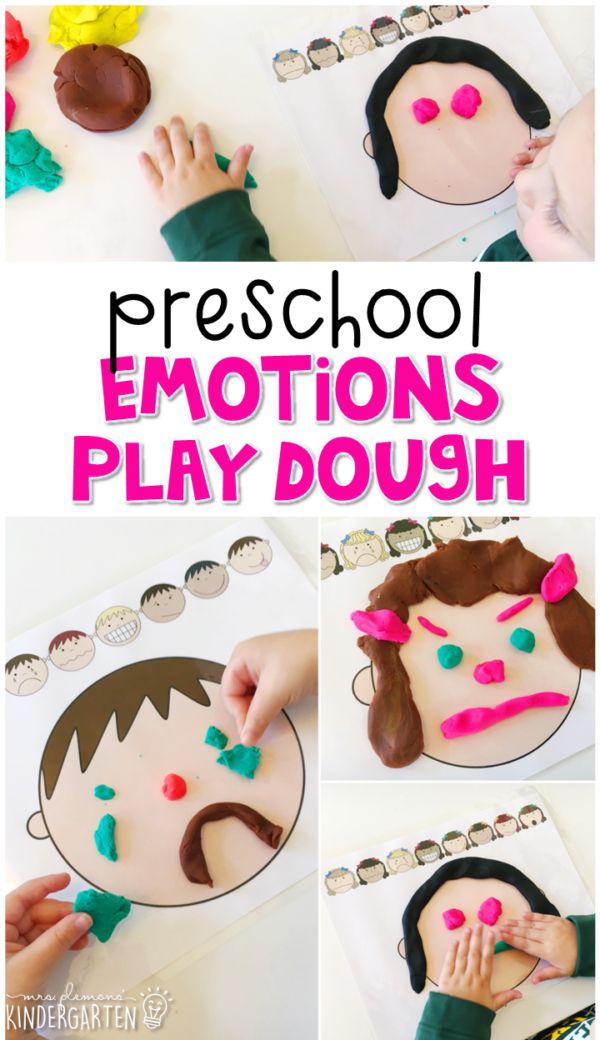
Learn more: File Folder Heaven
16. Play "Catch" a Feeling
This activity is so much fun and it's also incredibly easy to set up. All you need is an inflatable beach ball and a marker.
Learn more: Pam Dyson
17. Social-emotional Board Game
Making a social-emotional board game is a way for teachers and parents to get creative, as well as focus on the emotional skills with which their preschoolers are struggling.
Learn more: Kristina Marcelli
18. Emoji Feelings Faces
Using emojis to express emotions is an internet trend that seems to be here to stay. These cute little faces are actually great social-emotional learning tools for kids, too.
Learn more: Kiddie Matters
19. Happy and Sad Face Sorting
Sorting faces based on emotions is a fun social-emotional activity that helps preschoolers identify social cues and learn empathy. It also helps children understand that not every expression of negative emotion involves crying.
Learn more: Having Fun at Home
20. Paper Plate Feelings Spinner
This is a neat social-emotional activity for preschoolers. Making a paper feelings spinner starts out as a fun craft and ends up as a social-emotional tool that can be used again and again.
Learn more: Meaningful Mama
21. Color By Emotions by Code
Coloring emotions by code is a fun activity that helps children develop fine motor skills and learn colors - all while teaching them how to identify and name their own emotions.
Learn more: Frogs and Fairies
22. Scribble Art
Scribble art is a social-emotional activity that gives children the chance to identify, name, and express their emotions all at once.
Learn more: The Art of Education
23. Mega Block Feelings
Making Mega Block feelings is an extremely simple activity to set up. Preschoolers can match facial features to create emotional expressions.
Learn more: Twitchettes
24.
 Story Stones
Story Stones Story stones have a lot of opportunities for social-emotional activities for preschoolers. One such activity is painting facial expressions and having preschoolers piece together faces and name the corresponding emotion.
Learn more: Where Imagination Grows
25. Create a Flipbook
Preschoolers have a difficult time understanding that emotions are fluid - that they can be sad, but not be a "sad person". Creating a flipbook that lets young children identify the feelings they are having at the current moment can help them understand this concept and apply it to others.
Learn more: The Mad House Mummy
26. Make a Thumbs Up, Thumbs Down Jar
A thumbs-up, thumbs-down jar is a really neat activity that helps preschoolers consider how their actions can make other people feel in a fun, no-pressure, no-shame way.
Learn more: Things to Share and Remember
27. Making a Self-portrait
This is another fun self-portrait activity.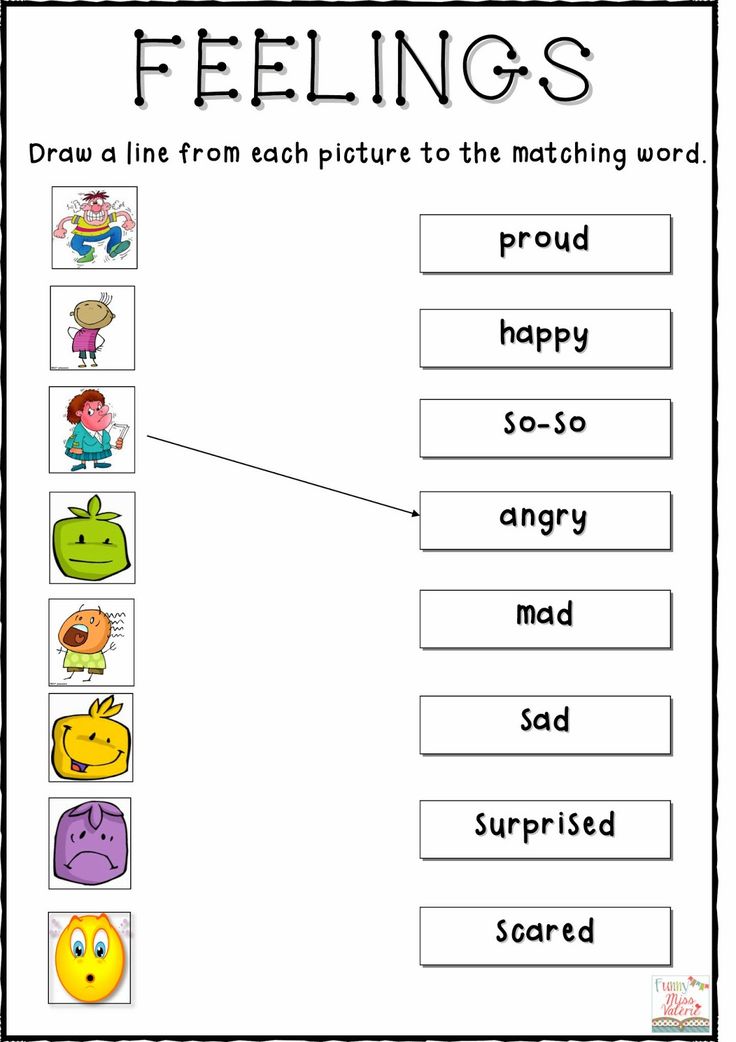 This one has preschoolers look in a desk mirror while they express an emotion. Then, they are to draw a portrait of themselves.
This one has preschoolers look in a desk mirror while they express an emotion. Then, they are to draw a portrait of themselves.
Learn more: Still Playing School
28. Fishing for Feelings
Playing a fishing game to learn social-emotional skills is a perfect idea for preschoolers. This game can be played in so many different ways and as a one-on-one activity, or as a group.
Learn more: Little Page Turners
29. Feelings Hop
Preschoolers benefit from social-emotional learning as much as they do from gross motor activities. Combining the two is a great idea for social-emotional activities for preschoolers.
Learn more: Kiddie Matters
30. Make a Feelings Jar
Making a feelings jar is a beautiful idea for teaching emotional regulation and social-emotional skills to preschoolers. This activity works well in groups or as a one-on-one activity.
Learn more: Mosswood Connections
31. Feelings Slap Game
This is a fun card game that teaches social-emotional skills by helping preschoolers identify and name different emotions.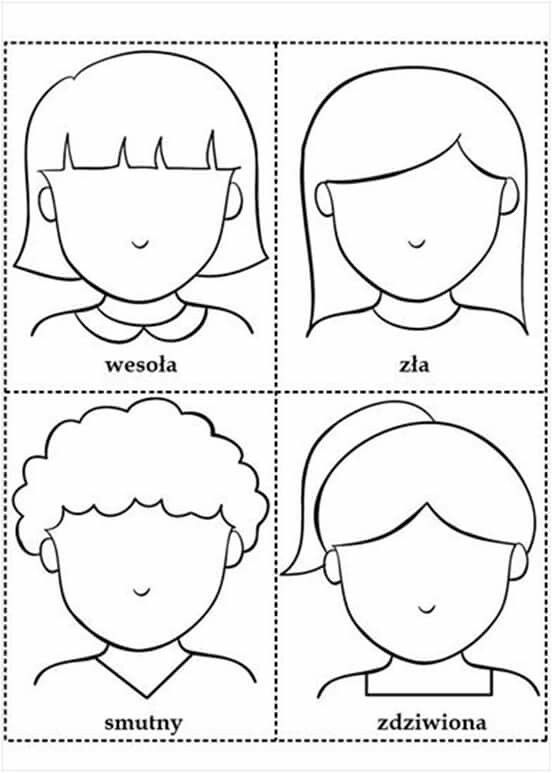 This game can be played in small groups or emotions can be called out to students at their spots on the rug.
This game can be played in small groups or emotions can be called out to students at their spots on the rug.
Learn more: Kiddie Matters
32. Rainbow Breathing
Improve focus, self-control, and mindfulness in the classroom while practicing breathing techniques that will also improve motor skills.
Learn more: The OT Toolbox
33. "I Can Show Kindness"
Worksheet with images that gives suggestions of ways students can show kindness in their home and community.
Learn more: Teachers Pay Teachers
34. The Gratitude Game
Using colored sticks or candies, students will choose a color, then have to express gratitude related to the color. It gets students to appreciate little things and others in their daily lives.
Learn more: Seattle's Child
35. Practice Social Interaction
Help kids learn how to work through specific social scenarios by using social stories to practice these interactions.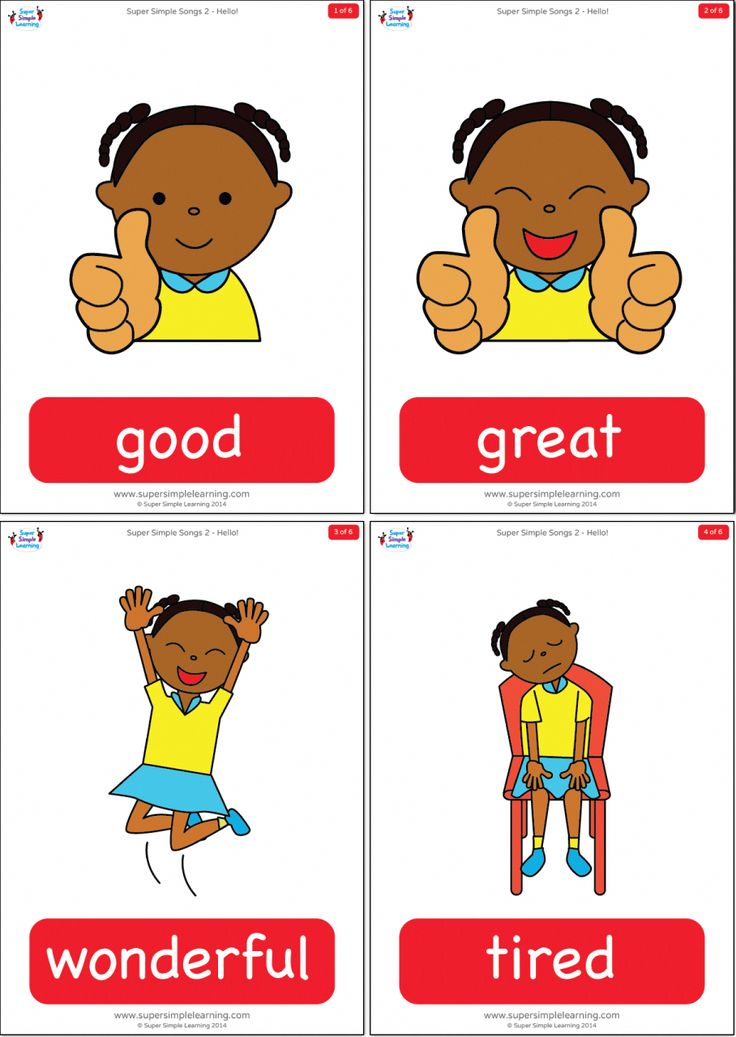
Learn more: Whimsy Workshop Teaching
36. Impulse Control Cards
Great for preschool children who are impulsive. This is a simple game that uses images and speech to "stop and think" before calling out the answer.
Learn more: The Dabbling Speachie
37. Good Friend
This sort and paste activity teaches students the difference between a good and a bad friend through concrete examples.
Learn more: Keeping My Kiddo Busy
38. Spatial Awareness Puzzle
Let students show their artistic expression while learning about spatial awareness. Using an outline of a simple shape and objects found in nature, children will create a puzzle that fits the objects inside the border.
Learn more: Little Pine Learners
39. Reading Body Language
This game uses images to help students identify the meaning of body language.
Learn more: Annie's Classroom
40.
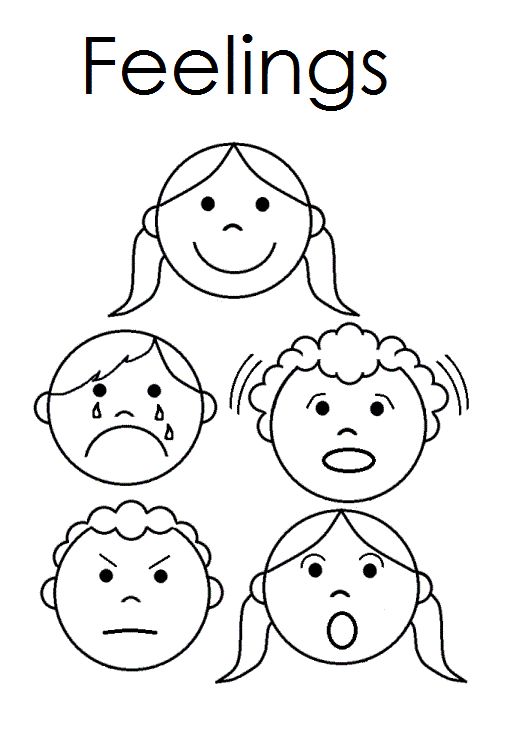 Calming Kit
Calming Kit Create a calming kit for children to use when they are upset. The kit will teach them how to self-regulate and build calming skills for when an undesirable feeling comes.
Learn more: Perfection Pending
41. Learn Through Literacy
Teach children about the concept of charing through the read-aloud text, "The Doorbell Rang", which also introduces them to basic math skills.
Learn more: Pre-K Pages
42. Identify Body Feelings
Children identify an emotion and then use images to relate it to how it makes their bodies feel. It helps students not only be conscious of their emotions, but also aware of how their body reacts.
Learn more: The Responsive Counselor
43. Alphabreathes
This book is a fun way to teach a variety of breathing strategies to students created by a psychologist and appropriate for toddlers. It relates the different strategies to a familiar object and letter of the alphabet.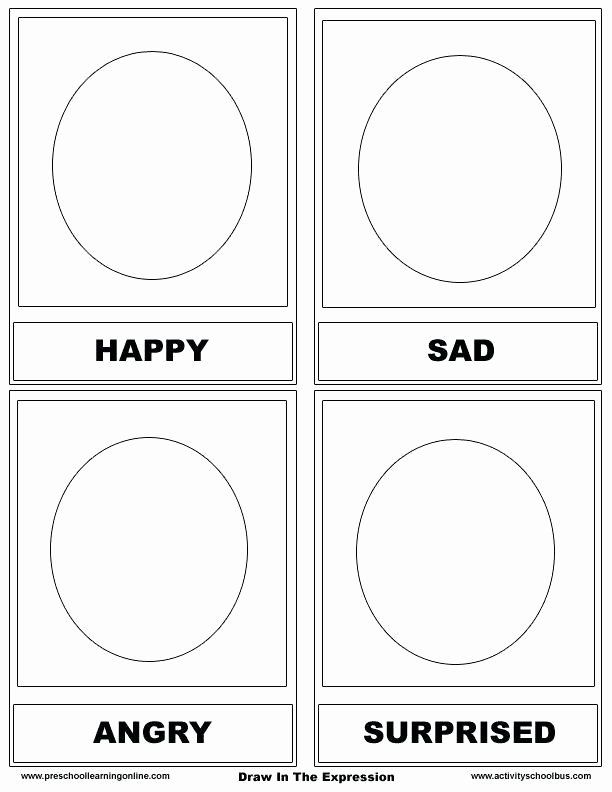
Learn more: Mindful Schools
44. Puppet Play
Children learn about strong emotions through interactions between the puppets. You can also have them create their own puppets that they identify with.
Learn more: Raising Children
45. Build A Flower Emotions
Support students in identifying different emotions by using this adorable sort and match game.
Learn more: Frogs and Fairies
Frequently Asked Questions
What are some social-emotional activities?
The above list has many great social-emotional activities. In addition to the above activities, role-playing with a caregiver also teaches many important social skills and emotional skills.
How do you teach emotions?
Emotions can be taught in many ways. Books, conversations, and social-emotional activities are all great ways to teach emotions.
What are examples of social activities?
Social activities are activities such as group art projects, pretend play involving serving or helping, and circle time group activities.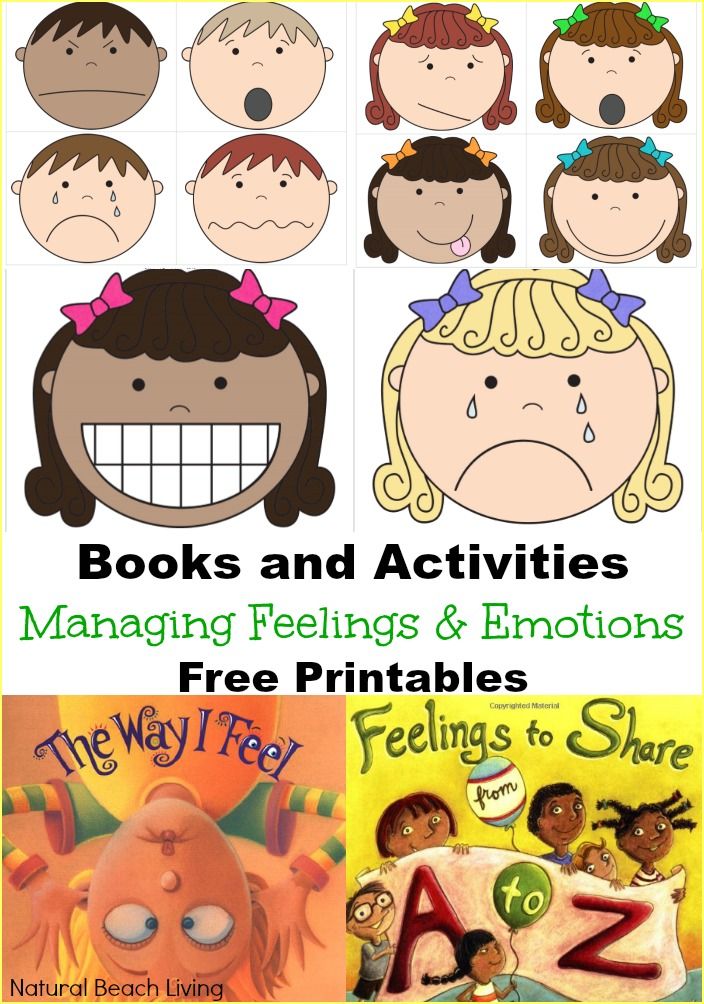
Lesson "Our emotions and feelings" | Outline of the lesson:
"Our emotions and feelings"
Purpose: to be able to constructively express their emotional state.
Tasks:
- to acquaint families with the concepts of emotions and feelings;
- promote awareness of one's emotions;
- develop the ability to determine the emotions of other people.
Recommended summary of the main part
- Today we will talk about emotions and feelings.
- What are emotions?
- What are feelings?
- What emotions and feelings do you know?
- How do people express their emotions and feelings? (Participant answers)
Exercise "Rainbow of Emotions"
Choose the color of the shape that reflects your emotions at the beginning of the activity.
Colours:
- red - joyful, warm;
- green - calm, balanced;
- blue - unsatisfactory, sad;
- purple - anxious, tense;
- black - complete decline, despondency;
- white - symbolizes an answer like: "it's hard to say.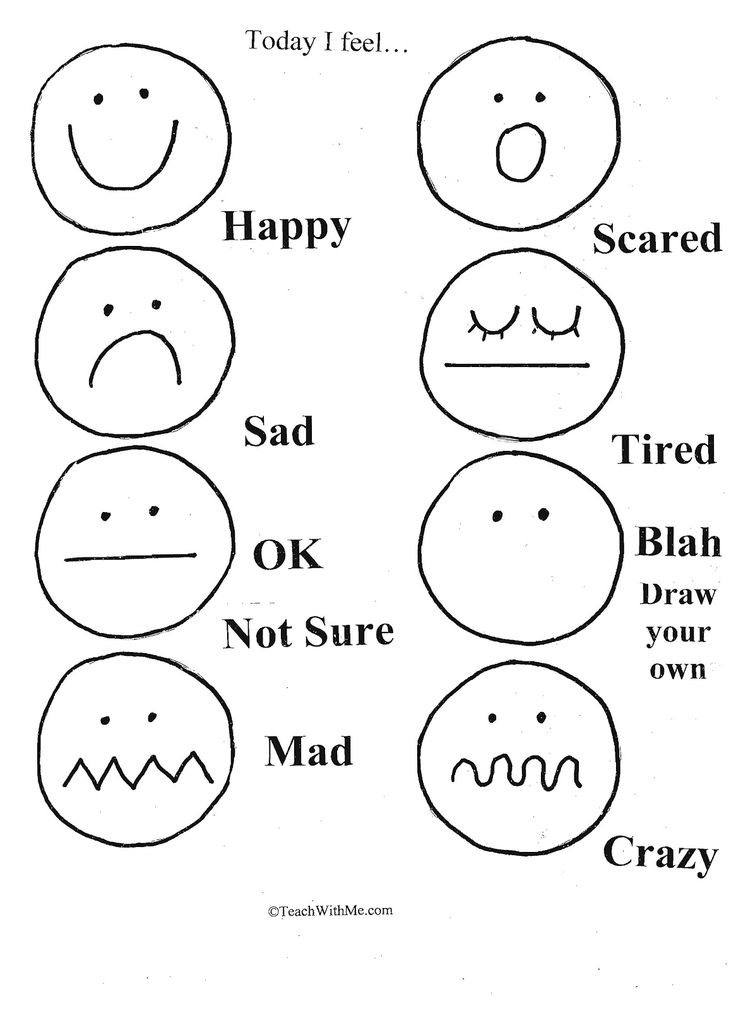 "
"
- I invite all participants to work with story cards called "Emotions and Gestures". Guess what mood, emotional state convey emotions and gestures in the pictures (participants' answers).
Game “The sea worries once…”
“The sea worries once, the sea worries two, the sea worries three – the emotion of joy (sadness, sadness, surprise…) freeze. (Participants depict hidden emotions with the help of facial expressions and gestures).
Game “Guess the emotion by intonation”
Names of emotions are written on the cards. Participants one by one, silently, read the card with the name of the emotion and say out loud a phrase, for example, “Tomorrow is a holiday” with an emotional coloring. The rest must guess the emotion.
- Let's talk about the culture of emotions and feelings. We will also learn to manage our emotions and feelings, i.e. cultivate an emotional culture.
- What is emotional culture? (answers of participants). Let's go back to our cards and work with them.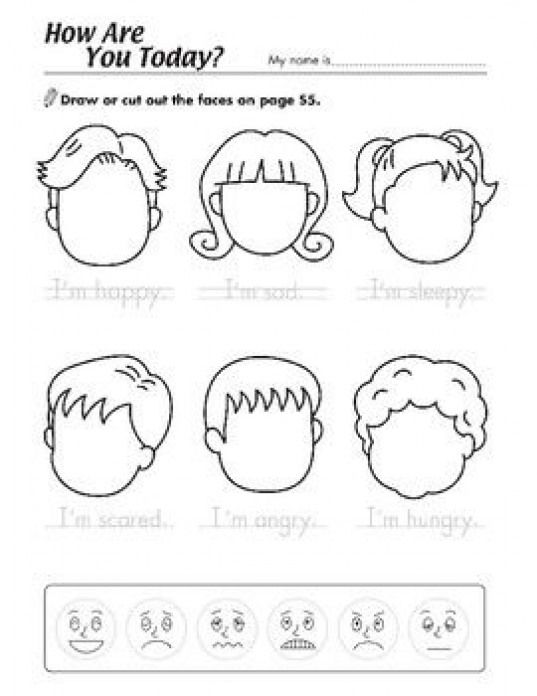 I ask the participants to “read” by their faces what happens to people in each situation depicted on the card. Make up and tell a story about it.
I ask the participants to “read” by their faces what happens to people in each situation depicted on the card. Make up and tell a story about it.
- Why do guys have such facial expressions?
- What could have happened?
- What could have been done to avoid a quarrel?
- How many of you have experienced similar situations in your life? What did you feel about it? How did you find a way out? (answers of participants).
Chamomile game (participants pull out a Chamomile petal, read the situation and find a way out).
“If only…” situation:
1. You were left alone in an unfamiliar city;
2. Friends were not invited to the birthday party;
3. The guys don't take you to the game;
4. You really want to tell something, but no one listens to you;
5. You were given a gift, but not the one you wanted.
- I suggest listening to a story about a boy.
One day a boy was walking down the street eating ice cream.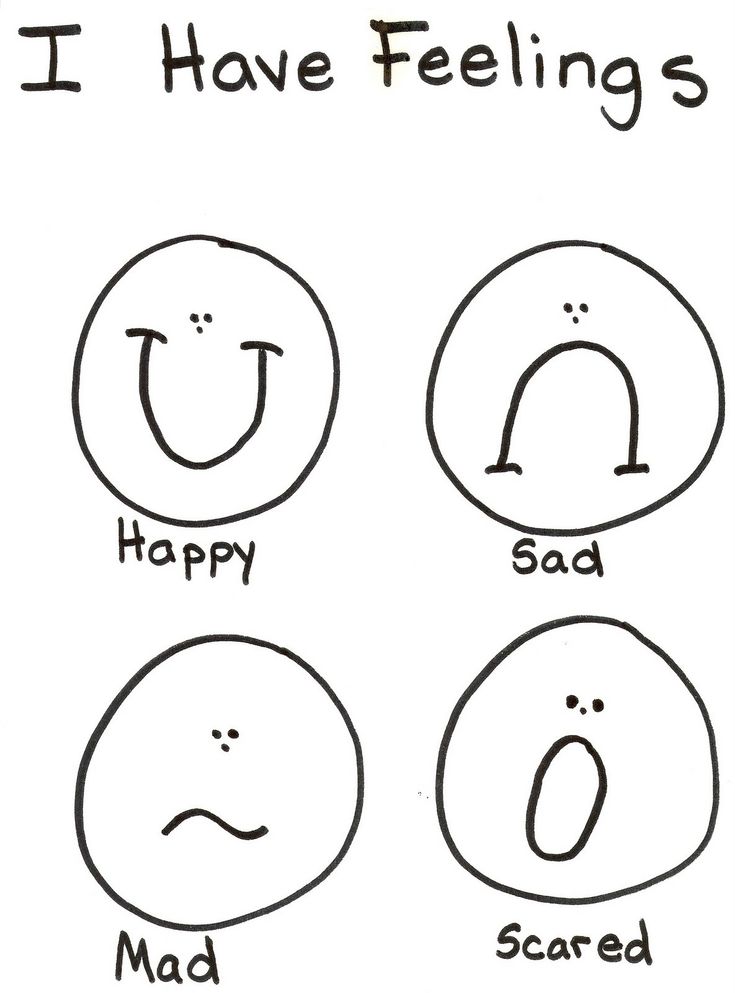 The ice cream was delicious, sweet and cold. He just started eating it. And suddenly a guy rode past him on a bicycle, pushed the boy, he fell and dropped the ice cream. The boy even had tears in his eyes. But ice cream can't be pulled out of a puddle. And you can’t hit the guy, and don’t say offensive words to him - he won’t hear, he left. And suddenly it seemed to the boy that resentment and anger turned into balls right inside him. He breathed them out and they flew away. They got smaller and smaller and disappeared altogether. The boy felt that the anger was gone, the resentment was gone. Well, the ice cream fell and fell. “Lucky for some dog,” the boy thought, and went on.
The ice cream was delicious, sweet and cold. He just started eating it. And suddenly a guy rode past him on a bicycle, pushed the boy, he fell and dropped the ice cream. The boy even had tears in his eyes. But ice cream can't be pulled out of a puddle. And you can’t hit the guy, and don’t say offensive words to him - he won’t hear, he left. And suddenly it seemed to the boy that resentment and anger turned into balls right inside him. He breathed them out and they flew away. They got smaller and smaller and disappeared altogether. The boy felt that the anger was gone, the resentment was gone. Well, the ice cream fell and fell. “Lucky for some dog,” the boy thought, and went on.
- Do you remember an embarrassing situation that you yourself have ever experienced?
- How did you feel in this situation?
- How did you get out of this situation? (participants' answers)
- Do you want to get rid of your resentment and anger? Then let's play with you in the game "Uuuuuuuuuuuuuuuuuuuuuuuuuuuuuuuuuuuuuuuuuuuuuuuuuuuuuuuuuuuuuuuuuuuuuuuuuuuh Imagine how resentment and anger turn into balls inside you, and exhale them.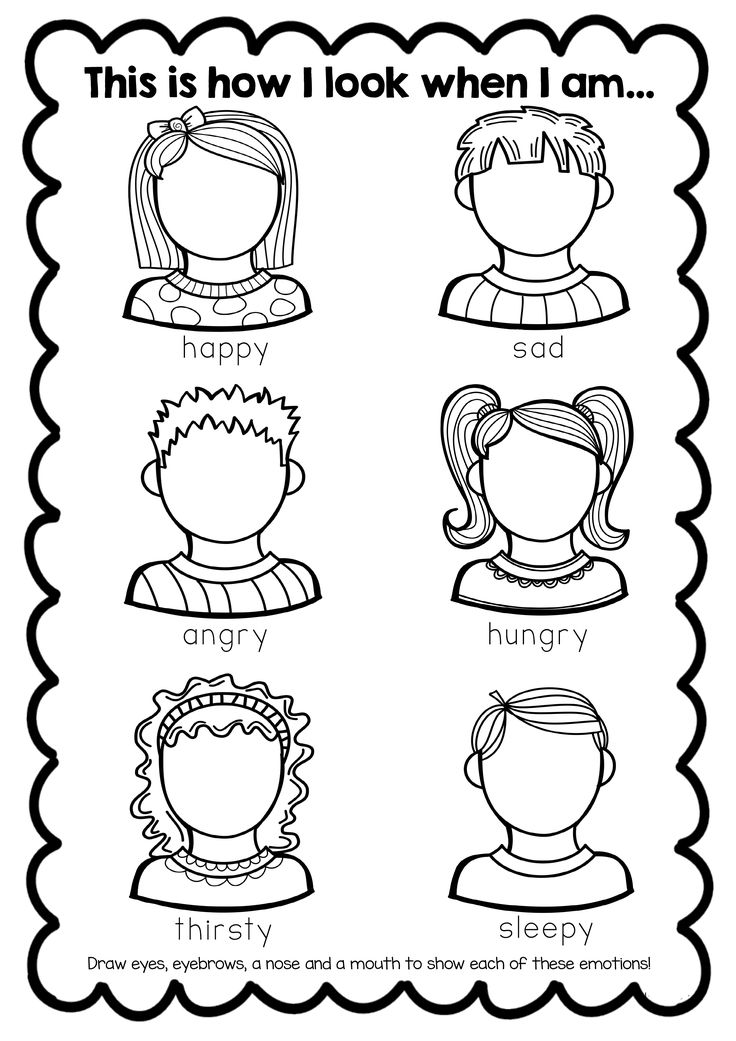 Uh-uh-uh.
Uh-uh-uh.
- Did everyone succeed? (participants' answers)
- And now let's imagine it differently: we take a balloon and inflate it with our anger or sadness and ... let it go.
- How do you feel now?
- Can we control our own emotions?
- What can you do to improve your mood?
- What determines our mood? (answers of participants).
- I propose to play the game "Magic Island". Imagine that you and I found ourselves on a magical island. It is very beautiful, magical, only goodness reigns there. Participants are given leaflets with a sticky base. And it is proposed to write on them only the good qualities that each of them has. Combining all of them, we will see what a wonderful magical island we have and what wonderful people it has.
- We complete our lesson with the "Rainbow of Emotions" exercise, choose the color of the shape that reflects your emotions at the end of the lesson.
Abstract of the lesson in the preparatory group: "The wonderful world of emotions.
 " | Outline of the lesson on the surrounding world (preparatory group):
" | Outline of the lesson on the surrounding world (preparatory group): Summary of the lesson in the preparatory group: "The Wonderful World of Emotions."
Emotions do not know language,
They determine the mood -
They are like a breath of wind:
They contain sadness, joy, and confusion.
B. Tsvetkov.
Purpose:
- Development of the emotional sphere of older preschoolers.
Tasks:
- Introduce the emotions "Joy", "Sadness", "Surprise", "Fear", "Anger";
- To consolidate the ability to recognize and express these emotions, emotional states in facial expressions, gestures;
- Create a comfortable psychological microclimate in the group, cheerful and joyful mood;
- Form a positive attitude towards others, balance emotions;
- Form friendly and equal relations between peers, between a teacher and pupils;
- Exercise the ability to maintain a conversation, participate in a collective conversation.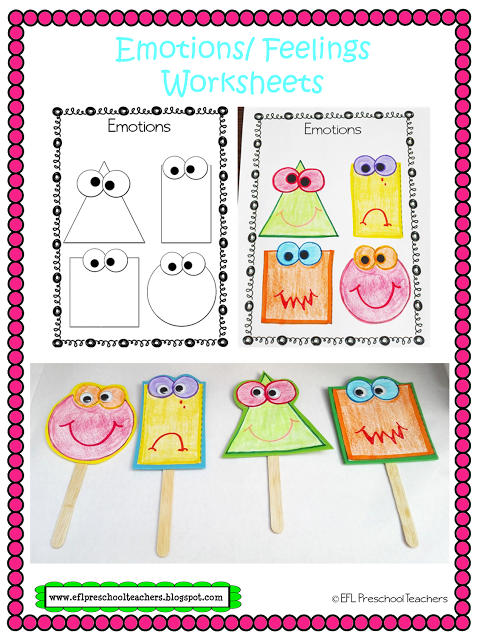
Integration of areas:
- social and communicative development, cognitive development, speech development, artistic and aesthetic development.
Preliminary work:
- Examination of illustrations, pictures, photographs with various emotions of people;
- Individual conversations with children about their mood, the reasons for its change;
- A teacher's conversation with children on the topic: "What mood did you come to kindergarten with today."
Methodical devices:
- conversation, group discussion of various feelings; questions for children pictograms of emotional states; viewing; show; explanation; practical activities of children.
Course of the lesson:
Sounds music "Smile" by V. Shainsky from the cartoon "Baby Raccoon" (children enter the group, stand in a circle)
Educator: Hello children! I am very glad to meet you and that you came in a good mood.
All the children gathered in a circle.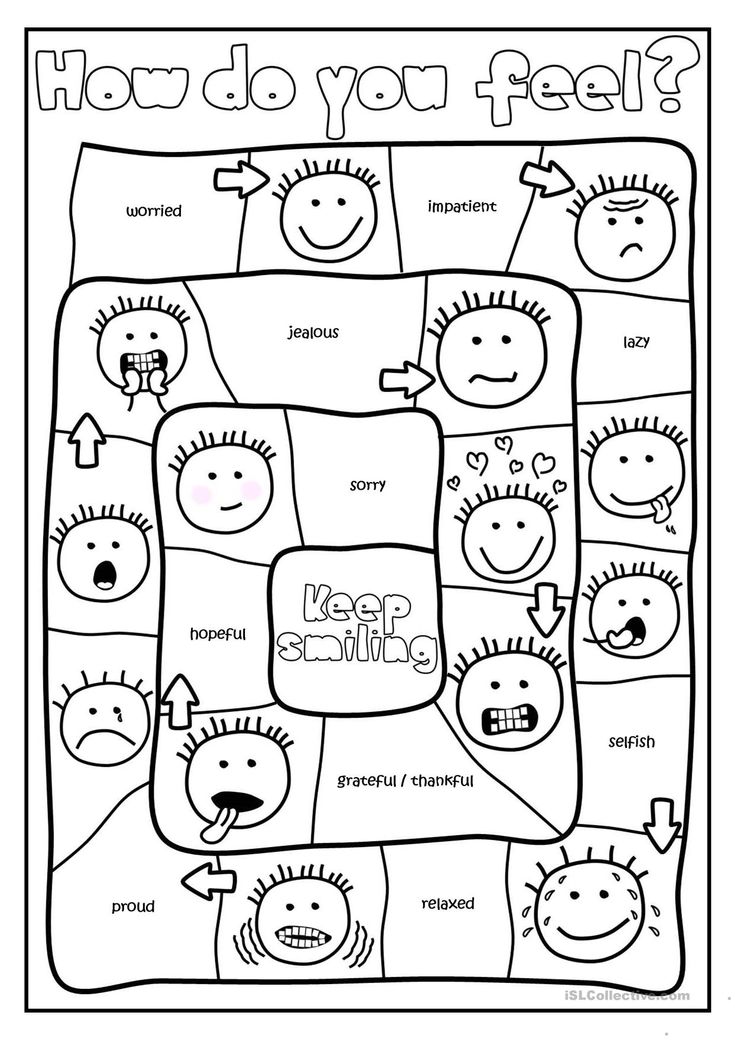 Stretch your hands to the sun
Stretch your hands to the sun
I am your friend and you are my friend, Take his rays.
Turn left, turn right. With this ray in your chest
And smile at each other. You see the world more clearly.
Exercise game “Pass a smile around”
Educator: I am in a good mood and I want to pass my smile on to you in a circle (the teacher smiles at a nearby child, passes a smile in his palm, this child smiles at his neighbor, etc.). d.).
How do you feel now? (Children's answers)
Educator: - Oh, guys, I completely forgot, this morning a “beam of sunshine” knocked on my window, smiled broadly at me and handed over a letter for you. It's from Snow White. Let's read it?
“Hey guys! I heard about your kindergarten, and I really need your help. I know that you are learning to guess your mood, your friends, adults. I beg you to help me! The fact is that the gnomes have forgotten all emotions: they do not know how to be surprised, afraid, rejoice and even angry! They are not even fun to play with.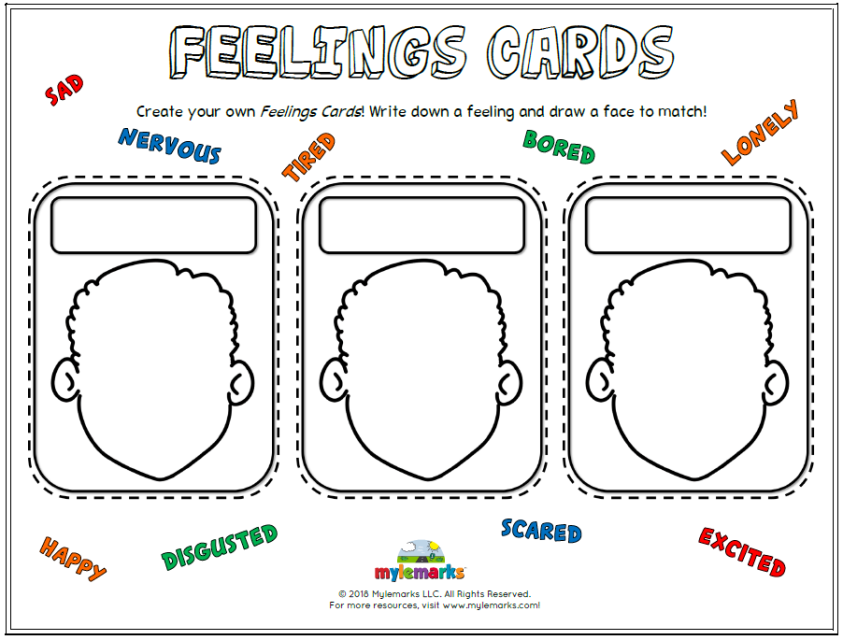 Now they have the same faces. I sent you a photo of one of them. But the photo is cut. In order to find out what their faces are now, collect it.
Now they have the same faces. I sent you a photo of one of them. But the photo is cut. In order to find out what their faces are now, collect it.
Game - exercise "Collect the picture".
Educator: - Guys, what facial expression did you get? (indifferent, calm).
Educator: - Let's help the gnomes remember all the emotions? (Yes).
Educator: - Today I want to offer you a trip to a fascinating country called "Emotions". You are ready? (Children's answers)
We will collect emotions and send them to Snow White.
- But in order to go on a journey, we need to remember what emotion is, what emotions are. (Answers of children).
Yes! Well done! Emotion is an expression of our attitude (feeling) to what is happening around us or inside us.
- How can you get there? Do not forget that the country is fabulous.
I suggest you go on a journey on a magic carpet. Do you agree?
Take your seats and go. Why doesn't our carpet take off? We forgot to say the magic words:
Enike-benike, fly rug
Take us to the magical land!
- So, we have landed in the land of Emotions.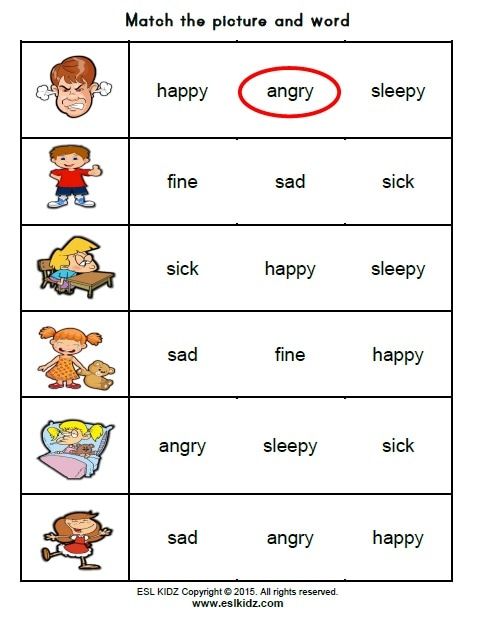
- Children, I have pictures of different faces with different emotions. Let's try to guess these emotions!
The game "Guess the emotion":
Children stand in a circle and say the words:
Choki-choki-choki-chok
Hello, Grandfather - Silent,
We want to play together,
Educator show ... shows a picture with emotions and asks children to show them and
say what emotion is shown in the picture.
- Who do you see in the first picture? (Man-joy)
-What is his mood like?
-Children, what is joy? (children's answers)
For example:
"Joy is when everyone is happy, everyone is having fun."
“There is great joy, and there is little joy. A small one is when one person has it, and a large one is when everyone has it.
"Joy is when everyone has a holiday."
“Joy is when no one cries. No one".
"Joy is when there is no war."
"Joy is when everyone is healthy.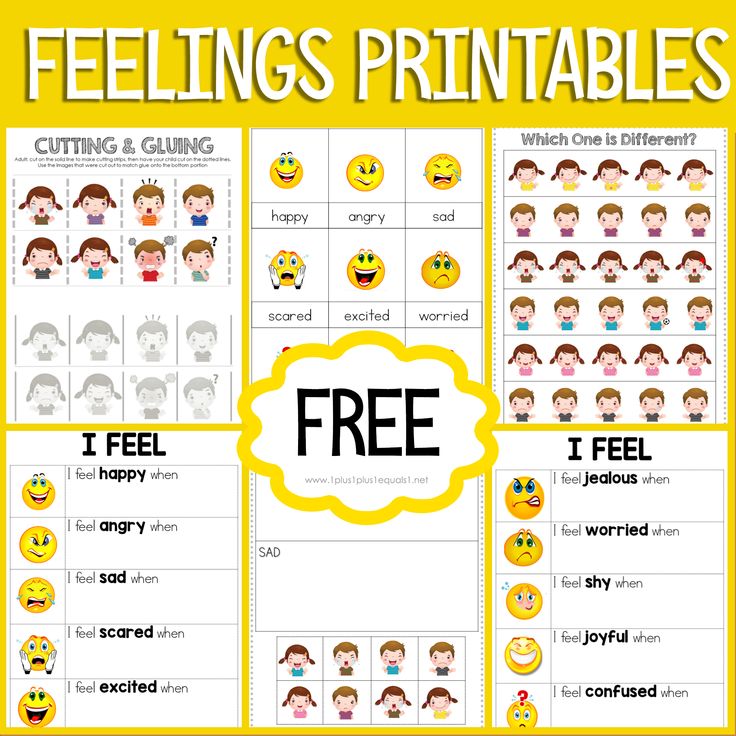 "
"
"Joy" - I laugh, I laugh,
I smile and joke,
I have so much fun today,
I even want to dance!
“Joy is me, because my mother says: “You are my joy.”
- What do you do when you are having fun? (Children's answers.)
Smile like:
like the happiest person in the world;
cat in the sun;
like a cunning fox.
- Here is the first emotion - the joy that we will send to Snow White.
- Oh, it seems that not everyone is in such a mood? Look guys, what a man? (angry, angry).
- And you children, when are you angry? (children's answers).
- Show me an evil person!
Get angry like this:
like a child whose favorite toy has been taken away;
as the person who was hit.
- And what should be done to make a little man kind?
Everyone quickly stand in a circle,
I am your friend and you are my friend.
Let's hold hands tightly,
And let's smile at each other.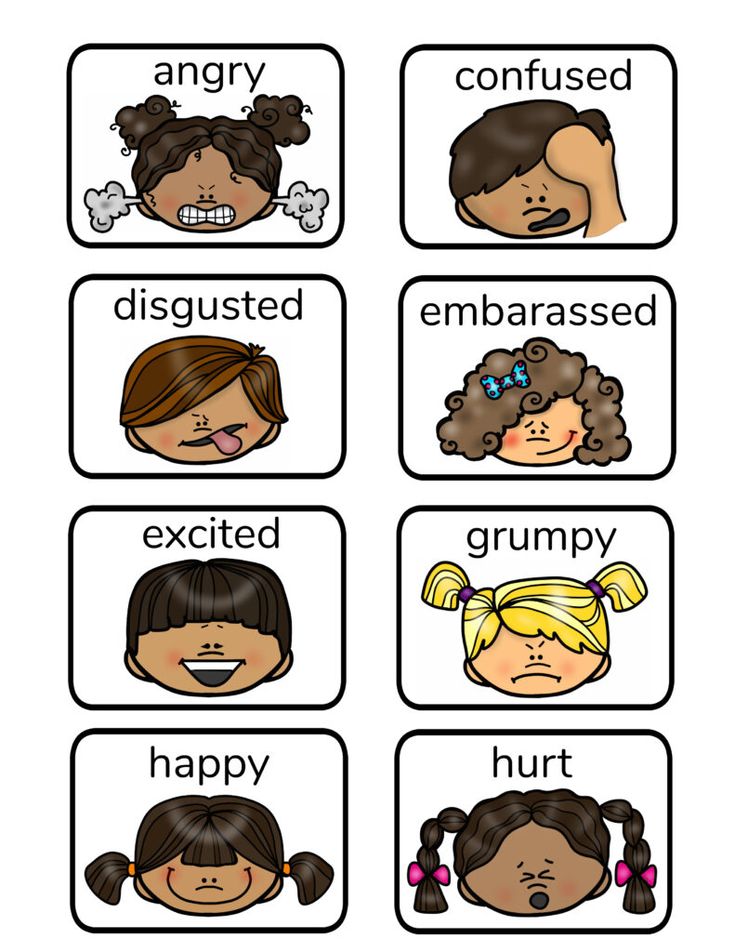
Ball of Anger Exercise:
- Sit in a circle. Now we will all together use the ball to make one big web that connects us together. I'll start: “I get angry when something doesn't work out for me…” (pass the ball around)
And now, wrap our anger in a ball and it will disappear.
What do you think, how to get rid of anger?
1. Try to smile.
2. Think of the most pleasant thing in the world, for example, a sweet candy.
3. Play with your friends.
4. Take your favorite toy, cuddle it, play with it.
The game "Moms are angry":
The teacher asks a question that the children must stomp if they want to answer "yes". If "no", then the legs are in place.
I'll tell you when moms get angry, and you can guess if I'm right.
Mothers get angry when they are late for work.
Moms get angry when they eat ice cream.
Mothers get angry when they are shouted at.
Mothers get angry when they are given presents.
Mothers get angry when they are late with their child for kindergarten.
Moms get angry when they say “bad” about moms.
Mothers get angry when they take their personal belongings without asking permission.
Mothers get angry when they are loved.
- Well done guys. You have guessed what events the Anger-Man likes.
Exercise "rug of anger".
Here, it turns out, you can also leave your anger… I suggest that you go on the mat (for one child) and wipe your feet until he wants to smile.
Here is the second emotion - anger, which we will send to Snow White.
- Let's move on! Here we are met by another inhabitant of a fairy-tale country, but he is also somehow not cheerful. What do you think he is?
Children: sad, sad!
- Why are people sad? What are you like when you're sad?
(Children answer and show emotion - sadness).
Frown like:
autumn thundercloud;
- like an angry person
Educator: - Guys, how can we cheer up the fairy-tale man?
Fizminutka: How many circles I show, so many jumps.
Stomp as many times as we have ducks.
How many green Christmas trees, so many slopes.
You will sit down as many times as there are houses now.
Educator: Let's move on. Guys, look what a beautiful flower in the clearing! What flower, guys (sad, sad) And why is it sad, do you think? (he is all alone he has no friends)
-So let's help him have fun!
(Children are offered flower templates and colored pencils.)
Our little flower is already smiling!
- Here is another emotion - sadness, which we will send to Snow White!
- Let's move on! Here we are met by another inhabitant of a fairy-tale country, but he is also somehow not cheerful. What do you think he is?
- Scared!
- What is the name of the emotion when a person is afraid of something? That's right - fear!
Exercise "Finish the sentence":
"Fear is when..." "Mom is afraid when..."
"The teacher is afraid when..."
as a kitten being barked at by a dog;
like a child lost in the forest.
Game "I'm not afraid of horror stories, I'll turn into whoever you want"
Children walk in a circle, holding hands, and say these words in unison. When the driver calls a scary character (Koshchei, wolf, lion, etc.), the children need to quickly “turn into” him and freeze. The host chooses the worst one and he becomes the leader and continues the game.
Exercise "Fear has big eyes":
- And now, let's play with fear. Imagine that you have a big, huge fear. (Children spread their arms wide to the sides). Everyone who is afraid has big eyes from fear. (They make big round eyes with their hands.) But now the fear is decreasing. (Children move their hands.)
And then disappears altogether. (They shrug their shoulders and spread their hands in bewilderment.)
Look at each other and make sure that no one else has big eyes and, therefore, none of you are afraid of anything, because the fear has disappeared. Smile at each other.
We found another emotion - fear!
Educator: - Let's move on.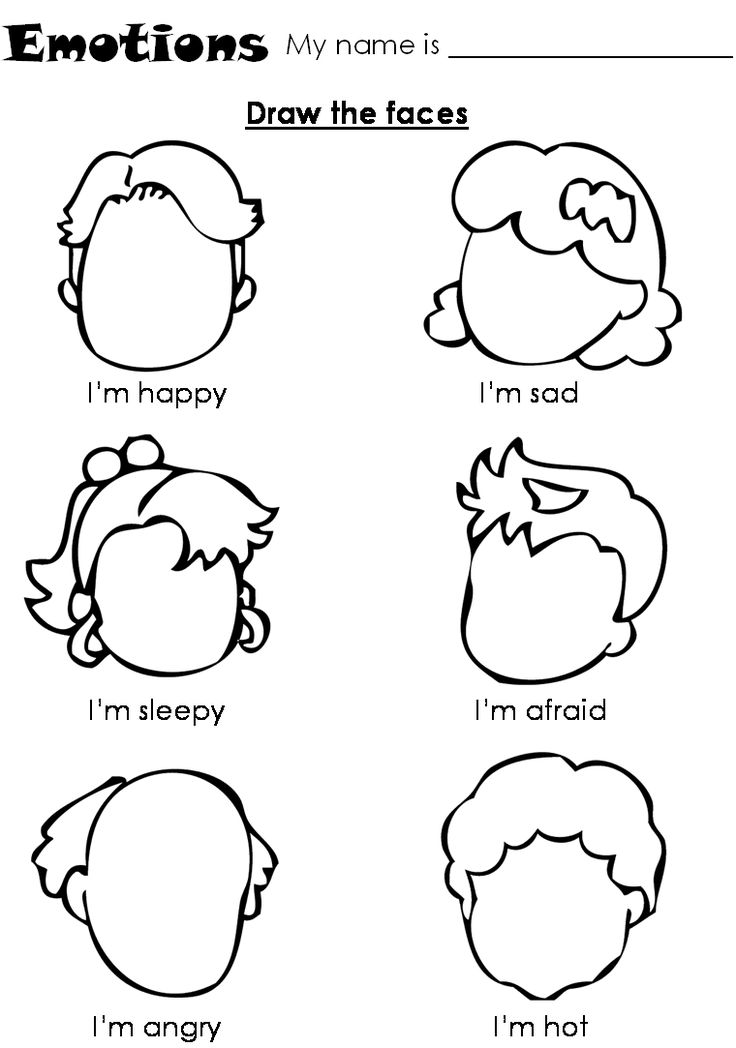 What kind of person lives here? (Surprise)
What kind of person lives here? (Surprise)
How did you guess?
When are we surprised?
Surprise as if:
you saw a miracle.
Game "Fables":
You can swim in winter!
And one summer I was sledding down a hill!
I saw a dog with three heads!
There are stars in the sky during the day!
Yesterday I ate 100 kg of sweets!
Exercise "Imagine":
- Imagine that you saw many, many balloons.
- 200 kilos of sweets
- You were given a car with a remote control, etc.
Here is another emotion - surprise!
- Children, how many pictures with emotions have we collected? (5) Can we now help Snow White to disenchant the dwarves?
Educator: Guys, it's time for us to return. Say goodbye to the inhabitants of the country of emotions, wave to them! Take your seats on our carpet - the plane.
Let's say magic words
Enike-beniki carpet get up
Enike-beniki come back to the group!
Exercise “We are flying”.